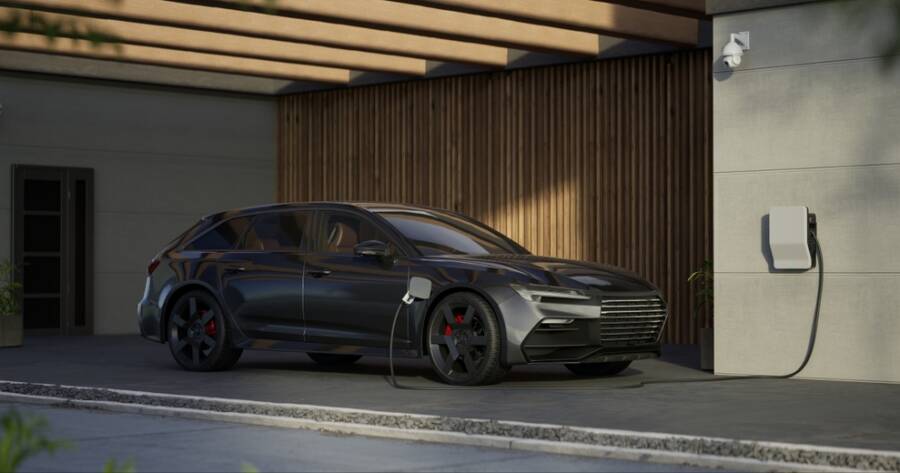Electric vehicles (EVs) have long been hailed as the future of transportation, offering a greener and more sustainable alternative to traditional gas-powered cars. However, for many, the dream of owning an EV has seemed out of reach due to the high upfront cost. While EVs have become more popular over the years, the affordability question remains a significant barrier for widespread adoption. But with recent advancements in technology, government incentives, and increased competition in the automotive market, is the dream of affordable EV ownership finally within reach? Explore the factors contributing to the changing landscape of EV affordability.
Decreasing Battery Costs
One of the primary reasons for the high cost of electric vehicles has been the price of the battery. EVs are powered by large lithium-ion battery packs, and the cost of these batteries has historically been a major component of the vehicle’s overall price. However, battery technology has advanced significantly in recent years, leading to lower production costs.
The price of lithium-ion batteries has dropped by more than 80% over the last decade, and experts predict that the cost will continue to fall as new technologies and manufacturing processes are developed. As battery prices decrease, manufacturers are able to pass those savings on to consumers, resulting in more affordable EV options. Additionally, the increase in energy density means that newer EV models can offer longer ranges without raising prices, further enhancing their appeal.
Government Incentives and Tax Credits
Governments around the world, including in the United States, Europe, and Canada, have recognized the importance of EVs in reducing carbon emissions and promoting sustainable transportation. As a result, many governments offer substantial incentives to encourage consumers to purchase electric vehicles.
In the U.S., for example, federal tax credits of up to $7,500 are available for eligible electric car buyers, reducing the cost of an EV. Many states also offer additional rebates, tax credits, and incentives for EV buyers. Similarly, the UK government offers grants for electric cars, reducing their cost by thousands of pounds. These financial incentives make EVs more accessible to a broader range of consumers, helping bridge the affordability gap.
As the EV market grows, manufacturers and governments are working to ensure that subsidies and incentives remain in place. This trend is likely to continue, as many countries have set ambitious goals to phase out internal combustion engine (ICE) vehicles and shift to zero-emission transportation.
Increasing Competition Among Automakers
In recent years, a growing number of automakers have entered the EV market, and the competition is driving prices down. Traditional car manufacturers, such as Tesla, General Motors, and Nissan, are no longer the only players in the EV market. Brands like Ford, Volkswagen, and Hyundai have introduced affordable electric models that cater to a wider range of buyers.
For instance, the Ford Mustang Mach-E and Volkswagen ID.4 offer electric SUVs that provide consumers with an alternative to gasoline-powered crossovers at a more competitive price point. Tesla, which was once seen as the exclusive brand for high-end electric cars, has also introduced the Model 3, a more affordable EV option with a starting price around $40,000.
As more automakers enter the market and scale up production, the availability of affordable electric vehicles will increase, putting downward pressure on prices. The rising competition is helping to make EVs more attainable for the average consumer, ensuring that electric vehicles are no longer just a luxury for the wealthy.
The Road Ahead: Are We There Yet?
Although there are still challenges to achieving widespread EV adoption—such as range anxiety and the availability of charging infrastructure—the increasing affordability of electric vehicles suggests that the dream of owning one is finally becoming a reality for many. With decreasing battery costs, government incentives, increased competition, and lower operating expenses, EVs are becoming a more attractive and viable option for the average consumer.
In the coming years, it’s likely that we will see even more affordable models enter the market, with improved technology and expanded infrastructure making it easier than ever to own and maintain an electric vehicle. For consumers who have long been waiting for an affordable electric vehicle, that time may have finally arrived.
The Future of Affordable Electric Vehicles is Now Within Reach
The dream of affordable electric vehicles is closer than ever. With the advancements in battery technology, government incentives, increased competition, and reduced operating costs, electric vehicles are becoming an accessible and practical choice for consumers. While the initial price tag of EVs may still be higher than traditional cars, the long-term savings, combined with increasing affordability in the market, make electric vehicles a sound investment for many drivers.

